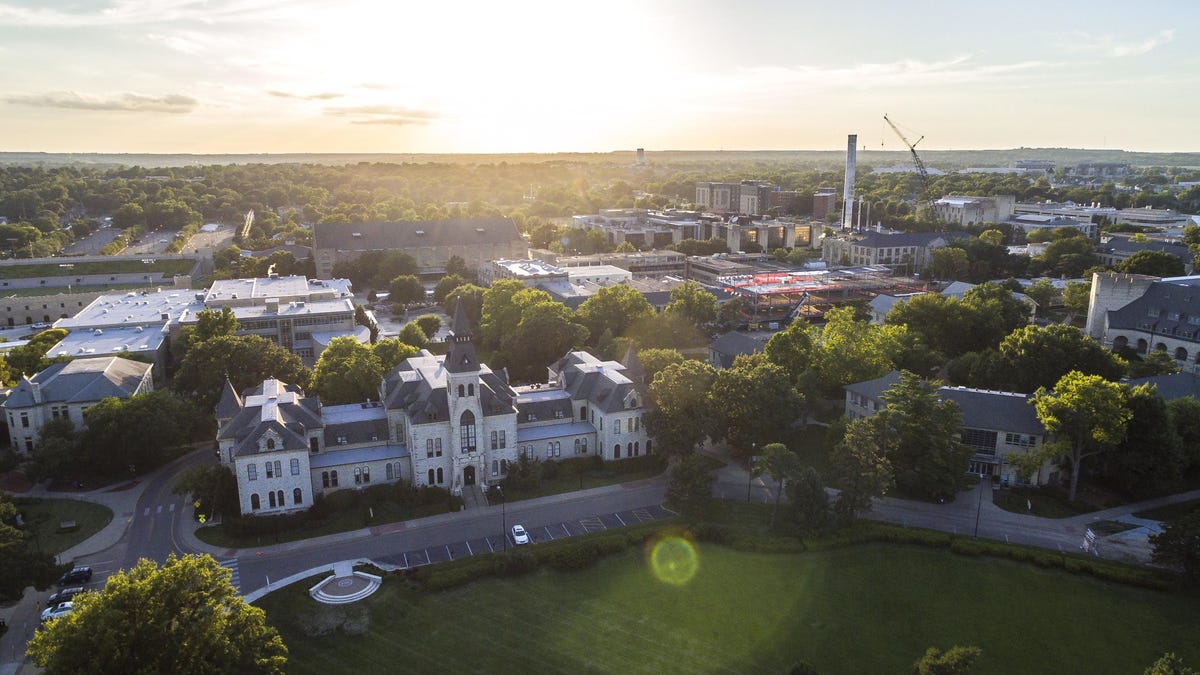National College Rankings: A Shift in Kansas Public Universities
The recent release of the U.S. News & World Report’s annual college rankings has brought exciting news for some Kansas universities, while others face a decline. Each year, the report evaluates institutions based on various factors such as class sizes, graduation rates, and faculty-to-student ratios, providing prospective students and families a comprehensive look at higher education options. This year, both Kansas State University (K-State) and Wichita State University saw a rise in their rankings, while the University of Kansas (KU) and Baker University experienced a drop.
The Ranking Landscape
U.S. News & World Report is a renowned media company known for publishing independent reports and rankings across different sectors, including education, travel, real estate, and automobiles. Their college and university rankings appear annually at national, regional, and state levels, allowing students to make informed choices about their academic futures. This year’s analysis featured 436 national public universities, spotlighting commendable performance and highlighting areas needing improvement.
Kansas State University: Rising Through the Ranks
Located in the scenic city of Manhattan, Kansas State University achieved notable recognition this year. It climbed five spots from 170th to 165th nationally and now holds the second position among Kansas universities. K-State also excels in specific categories, ranking 91st among Top Public Schools and 130th in the Best Value Schools category.
K-State’s solid statistics contribute to its improved ranking. The university reports a 47% four-year graduation rate, indicating that nearly half of its students complete their degrees within the traditional time frame. The student-to-faculty ratio stands at 18:1, fostering a more personal learning environment. Moreover, an impressive 47% of its courses feature fewer than 20 students, allowing for more focused instruction and engagement.
Wichita State University: An Encouraging Upswing
Wichita State University, positioned in the heart of Wichita, has also experienced a significant rise. Last year, it was ranked 332nd nationally, but this year it surged to a tied 296th place, securing the third spot among Kansas universities. Its ranking in the Top Public Schools category is 161st, illustrating its ongoing commitment to educational excellence.
While its four-year graduation rate sits lower at 31%, the supportive faculty system is evident with a 20:1 student-to-faculty ratio. Interestingly, 48% of courses at Wichita State maintain small class sizes with fewer than 20 students, enhancing student interaction and academic support.
University of Kansas: A Slight Decline
The University of Kansas, based in Lawrence, faces a small setback. Once ranked 151st nationally, it slipped one place to 152nd this year, an outcome that reflects the highly competitive nature of university rankings. Despite this minor decline, KU continues to hold the top position in the state and ranks 81st in the Top Public Schools category and 96th in the Best Value Schools category.
KU boasts a notable 54% four-year graduation rate, showcasing its dedication to student success. Its 17:1 student-to-faculty ratio facilitates a more personalized educational experience, while 42% of its courses have fewer than 20 students, supporting individual attention and academic collaboration.
Baker University: Facing Challenges
Baker University, albeit smaller in scale, has also encountered challenges in this year’s rankings. Last year, it ranked 345th nationally, but it has dropped this year to 371st. This decline highlights the competitive landscape of higher education, where even minor shifts can impact rankings significantly.
Baker University maintains a commendable 47% four-year graduation rate and a favorable 12:1 student-to-faculty ratio. With 76% of its courses having fewer than 20 students, the institution emphasizes personalized learning, which is a considerable advantage despite its overall ranking challenges.
As U.S. News & World Report continues to shape public perception and decision-making regarding higher education, Kansas universities reflect a dynamic landscape of academic performance and opportunities for growth. Each institution possesses unique strengths and areas for improvement, emphasizing the importance of ongoing support and innovation in enhancing student experiences and outcomes.


